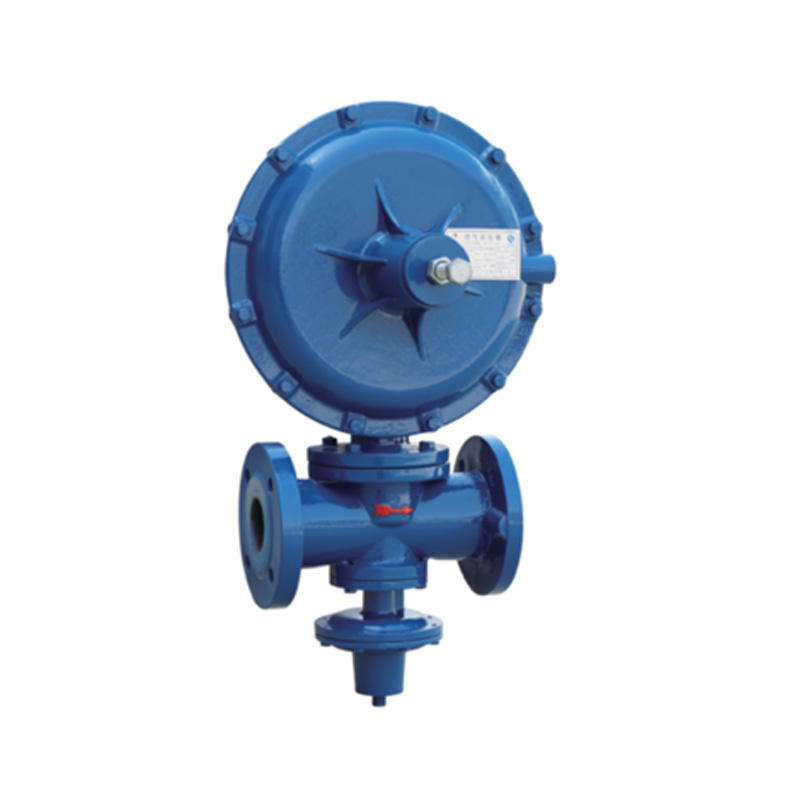
Dec . 16, 2024 06:02
Back to list
Gas Separation Solutions Using Filter Technology for Efficient Processing
Understanding Gas Filter Separators A Comprehensive Overview
Gas filter separators (GFS) play an essential role in natural gas processing. They serve to separate gas from liquid hydrocarbons and contaminants such as water, oils, and solids before the gas is transported through pipelines or utilized in various applications. This article delves into the functionality, construction, and significance of gas filter separators in the energy sector.
Functionality
The primary function of a gas filter separator is threefold it separates gas from liquids, filters out impurities, and ensures the safe and efficient transportation of natural gas. The process begins as the incoming mixed stream, comprising gas and liquid, enters the separator. The design of the separator promotes the gravitational settling of heavier liquid components, allowing them to coalesce at the bottom.
The separation occurs due to differences in density; gas rises while the liquid, which may contain water, oil, and particulates, sinks. The gas phase, now mostly free from contaminants, can be directed towards further processing or transportation. The collected liquids are typically routed to a different processing facility, where they are further refined or treated.
Construction
Gas filter separators come in various designs and sizes, tailored for specific applications and fluid characteristics. Typically, a GFS includes several key components an inlet, a separation chamber, a filter element, and an outlet.
1. Inlet This is where the mixed gas-liquid stream enters the separator. The inlet design often includes features that minimize turbulence, allowing for smoother entry and effective separation.
2. Separation Chamber The heart of the GFS, this chamber is designed to optimize the gravitational separation of fluids. The shape and size of the chamber are critical factors, as they determine how effectively the gas and liquid phases can settle apart.
gas filter separator

3. Filter Element Acting as a safeguard against impurities, the filter element captures solid particles and other contaminants that may remain in the gas after initial separation. Various filtration technologies exist, including mesh filters and coalescing filters, each designed to handle different types of particles and flow rates.
4. Outlet The separated gas exits the system through the outlet, ready for distribution. Liquid effluents, on the other hand, are discharged through a different port for further handling.
Significance
The importance of gas filter separators in the natural gas industry cannot be overstated. They are crucial for
- Enhancing Efficiency By removing liquid contaminants and solid particles, gas filter separators enhance the efficiency of downstream processes, such as compression and gas treatment. Clean gas is less likely to cause wear and tear on equipment, thereby extending the lifespan of the system.
- Environmental Responsibility GFS units contribute to environmental protection by ensuring that harmful substances do not enter the pipeline system. Properly functioning filters prevent spills and leaks that could result in environmental contamination.
- Compliance and Safety Regulatory standards in the energy sector are becoming increasingly stringent. Gas filter separators help operators comply with these regulations by ensuring that the gas meets required quality standards before it enters the transport system.
Conclusion
In summary, gas filter separators are crucial components of natural gas processing, providing efficient separation and filtration capabilities. Their design and functionality not only enhance operational efficiency but also contribute to environmental sustainability and regulatory compliance. As the demand for natural gas continues to rise, understanding and optimizing the use of gas filter separators will be critical for the future of energy production and distribution. With advancements in technology, these systems are expected to evolve, further improving their efficacy and contributing to a cleaner energy landscape.
Next:
Latest news
-
Safety Valve Spring-Loaded Design Overpressure ProtectionNewsJul.25,2025
-
Precision Voltage Regulator AC5 Accuracy Grade PerformanceNewsJul.25,2025
-
Natural Gas Pressure Regulating Skid Industrial Pipeline ApplicationsNewsJul.25,2025
-
Natural Gas Filter Stainless Steel Mesh Element DesignNewsJul.25,2025
-
Gas Pressure Regulator Valve Direct-Acting Spring-Loaded DesignNewsJul.25,2025
-
Decompression Equipment Multi-Stage Heat Exchange System DesignNewsJul.25,2025

